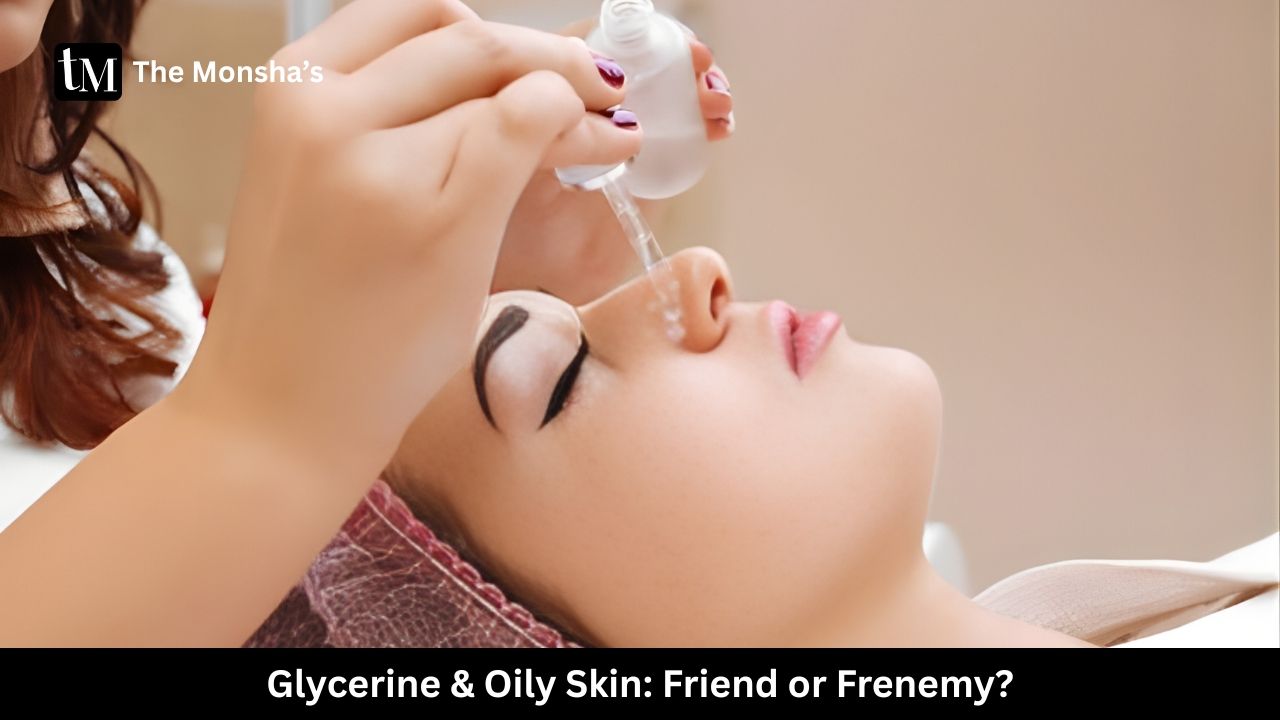
“Tel baahar nikla re, nikla re nikla re…” 🎶 (yes, that’s my twisted Bollywood jam while staring at my shiny T-zone in the mirror). If you’ve got oily skin, you know the drill: the constant battle between keeping skin hydrated but not greasy. Enter glycerine — that slippery, slightly sticky ingredient sitting in half your skincare bottles. But the big question is: Does it really suit oily skin, or will it make you look like a fried samosa by noon? Let’s spill the truth.
Glycerine (or glycerol) is a clear, syrupy liquid that’s basically skincare’s quiet multitasker. It works by pulling water from the air (and deeper skin layers) into your upper skin layers. That’s why it’s a hero in moisturisers, cleansers, and serums.
Unlike heavy oils, glycerine doesn’t sit like a film — instead, it hydrates from within. But it needs to be used smartly. Straight glycerine on face = sticky mess. Diluted glycerine in the right formulation = plump, balanced skin.
💡 Desi wit: “Zyada glycerine lagao, toh chipak jaoge fridge ke magnet ki tarah.” 😅

Beyond the table: Dermatology reports highlight glycerine as one of the most effective humectants — beating even hyaluronic acid in some tests because it penetrates deeper. It helps oily skin feel balanced without adding grease.
💡 Pro tip: Mix glycerine into your toner or serum rather than using solo.
No. It hydrates without adding oil.
Yes, but diluted. Too much daily use may feel sticky.
Yes, it’s non-comedogenic and can even soothe acne inflammation.
Of course. Glycerine doesn’t discriminate.
It won’t change your natural complexion — it helps with brightness by improving hydration and texture.
So, is glycerine good for oily skin? Yes — but only if you use it right. It’s a humble, science-backed hydrator that balances oily skin, reduces irritation, and improves texture without the grease factor.
As I like to say: “Thoda glycerine, thoda patience, aur skin ban jaaye queen.” 👑✨